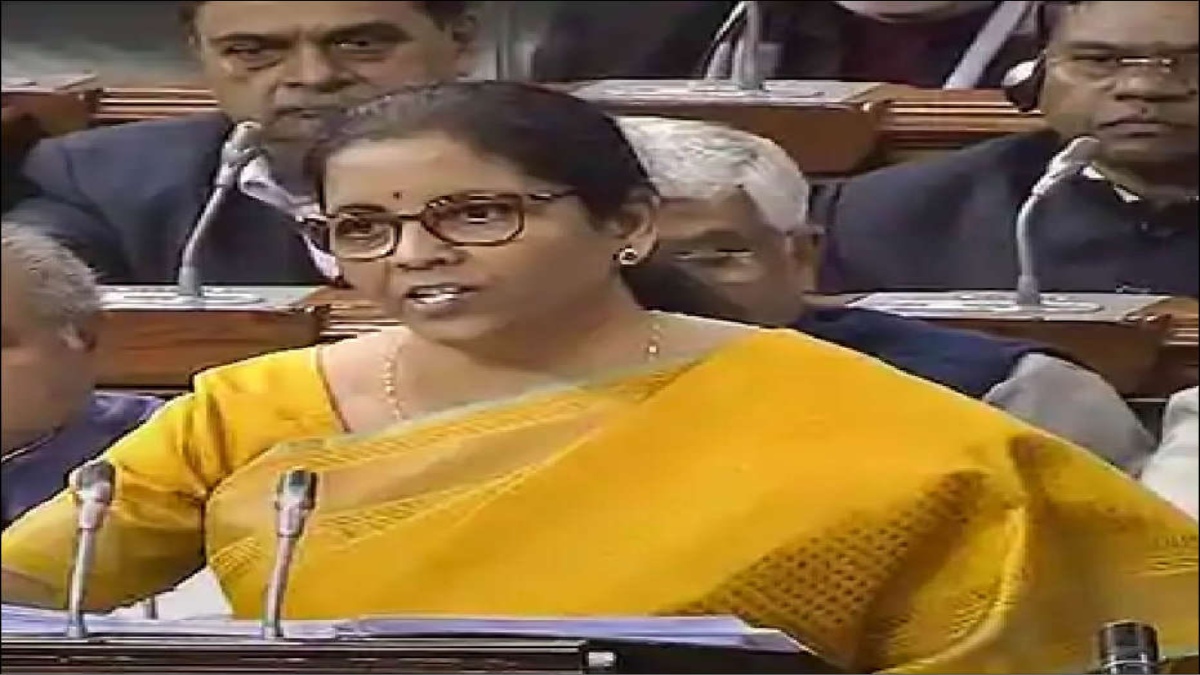


It has often been speculated if the government of Prime Minister Narendra Modi is actually socialist at its core, especially since state control over governance has not been receding fast enough, in spite of the government’s professed philosophy of “minimum government, maximum governance”. There is some truth to such speculation, although increasingly there seems to be a visible tilt towards what can be described as “welfare through capital”. Under earlier governments, welfare meant giving dole to the poor, money that rarely reached the beneficiaries. It’s only under the Narendra Modi government that the poor and the marginalized have understood the true meaning of a welfare state, where they get financial security and equal opportunity because of the effective delivery of goods and services. Add to this, measures such as cut in corporate taxes and reforms in various sectors which culminated in the Budget of 2021-22, and perhaps it would not be wrong to say that this is “welfare through capital” in action. And this is the need of the hour, for the economy was not in a very healthy state before it was completely hobbled by the coronavirus crisis. What was needed were big bang measures—specifically, increased spending to inject liquidity in the market, which will increase demand and create jobs, thus kickstarting growth; while retaining and even expanding the security net for the poor. And this is what Finance Minister Nirmala Sitharaman has delivered.
FM Sitharaman’s six pillars of the budget are: 1. Health and Well-Being; 2. Physical and Financial Capital and Infrastructure; 3. Inclusive Development for Aspirational India; 4. Reinvigorating Human Capital; 5. Innovation and R&D; 6. Minimum government and maximum governance. It was a well-rounded effort, with maximum importance given to infrastructure, health, and development of human capital. The push for infrastructure will introduce liquidity in the market, which is badly needed for demand to pick up, and as the Finance Minister said in the post budget press conference, “We have spent, we have spent and we have spent”. The 137% increase in the Budgetary outlay for health, from Rs 94,452 crore to Rs 223,846 crore came as one of the biggest surprises of the budget—a pleasant one. As the Finance Minister said, provisions had been made for the creation of health infrastructure right down to the level of the block. This should be lauded, even though it took a global pandemic for policymakers to realise the need to create a robust system that not only delivers healthcare to the poorest of the poor, but also tries to insulate the population from any such future outbreaks. With healthcare being one of the ten sustainable development goals that India wants to achieve by 2030, it is hoped that this will propel the country towards that direction. The opening up of the insurance sector for 74% FDI is another singular move, and has to be seen in the context of the state-owned LIC being allowed to float its IPO. It is hoped that this infusion of funds will make the insurance companies more professional and customer friendly, although only time will tell if this will also make insurance more affordable for ordinary citizens.
In this context, the reform measures announced in the power sector may actually bring down the price of electricity, because with the consumer having the option of picking and choosing the discoms from which they want to buy electricity, rates in this sector may go the telecom way. While disinvestment and privatization got a huge nod in the budget, the government can expect a lot of resistance to its disinvestment policy. Opposition leaders, who, when not in power, invariably turn “privatization” and “disinvestment” into bad words, are accusing the government of selling India’s assets to crony capitalists. But when the money is just not there to give growth a push, and when assets are just not performing, going for asset monetization is the prudent way forward. However, it remains to be seen how effective the disinvestment process turns out to be, considering the sale of Air India is yet to be completed, and not for want of trying, although the FM said that the national carrier should find a buyer by 2022. However, the salaried class may feel a bit neglected as it did not get any tax benefits directed at them, and this has been the story for the last few years.
On the whole, Finance Minister Nirmala Sitharaman presented a landmark budget in Parliament. Desperate times tend to bring out the best in people and even their government. That’s what happened on Monday.